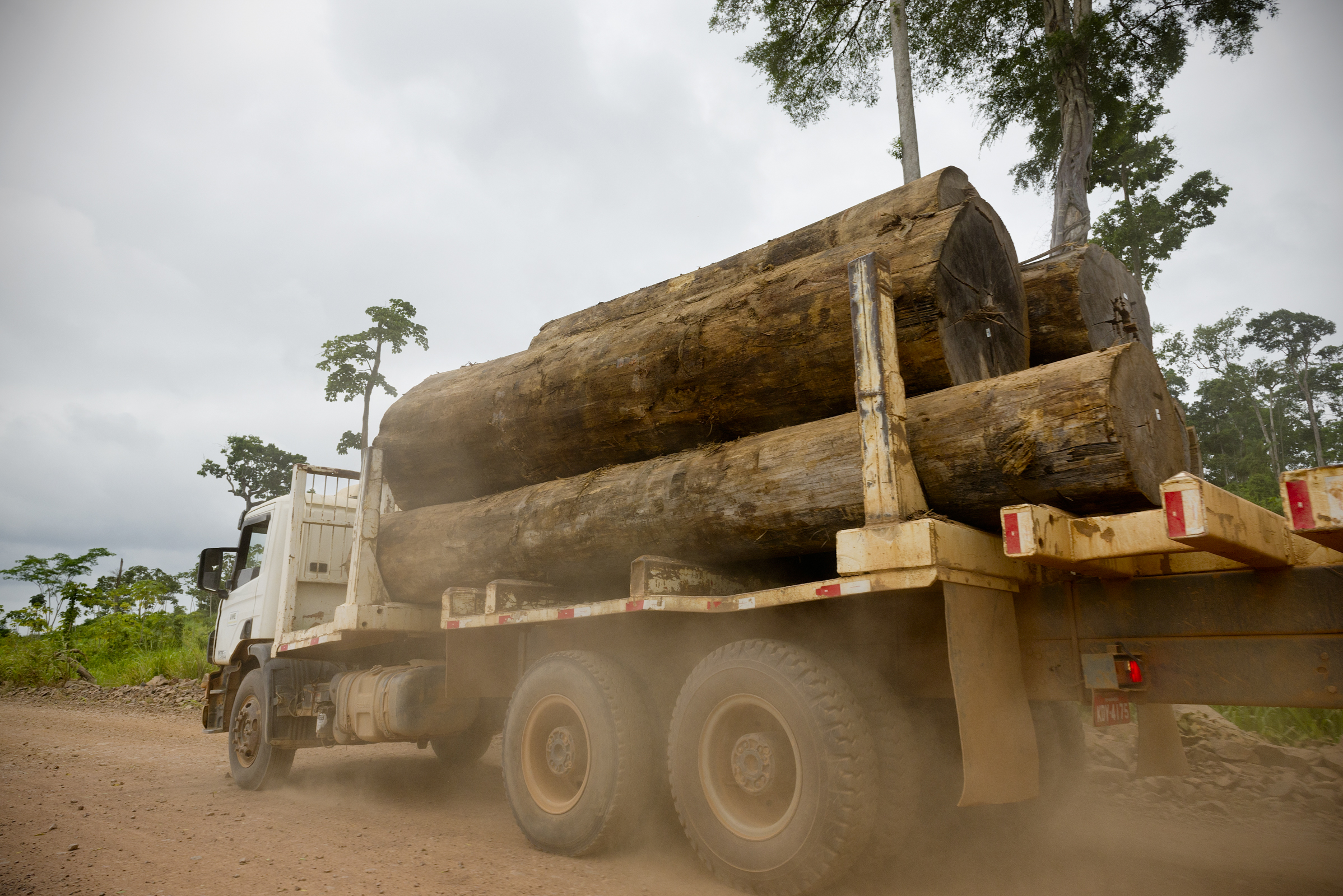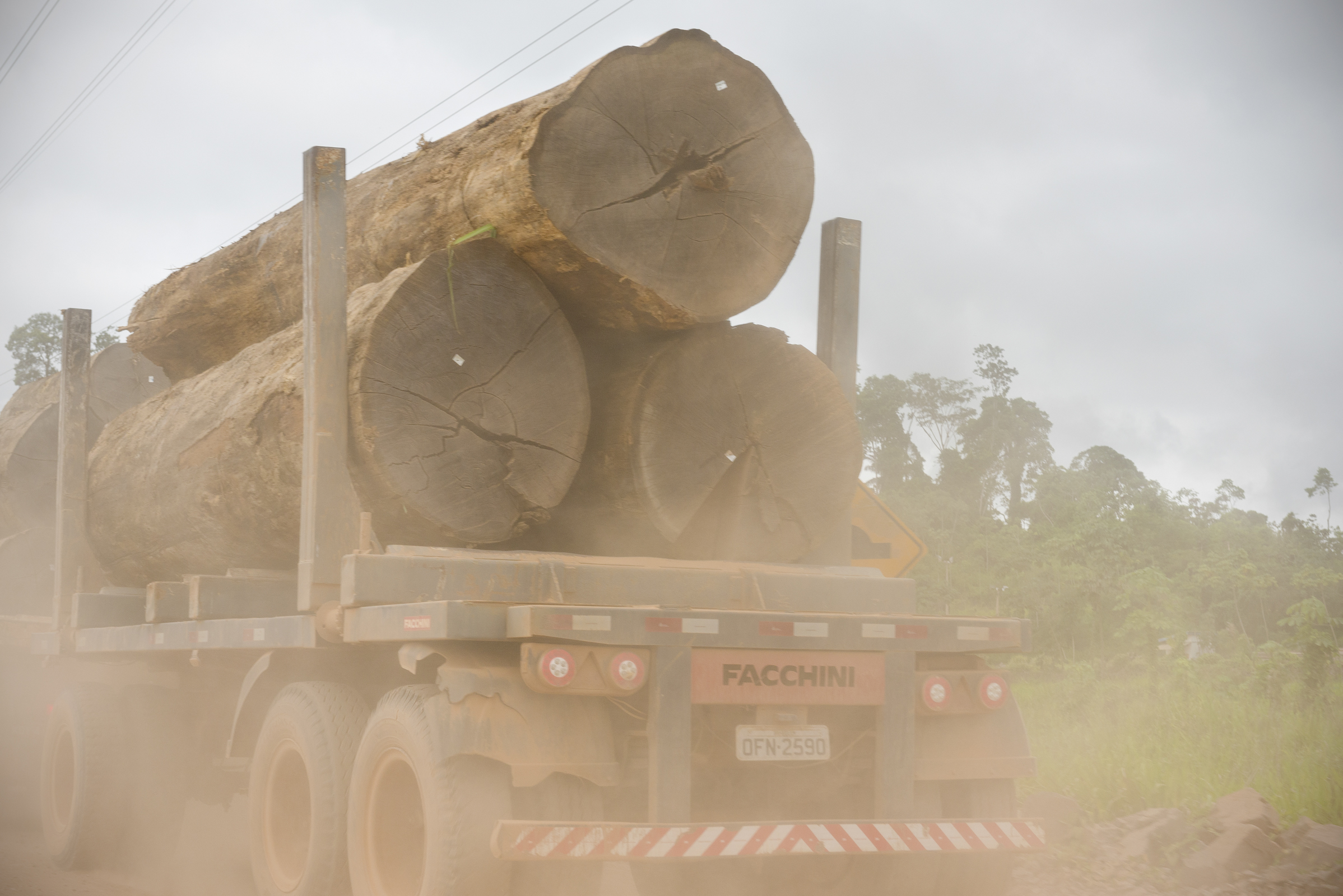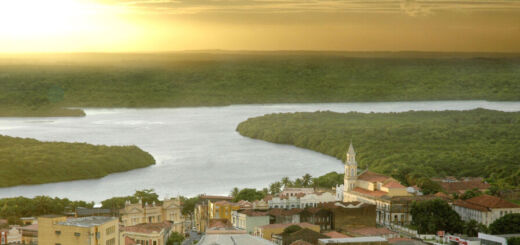We Can’t Breathe! The Urgency for an Ethical, Sustainable Socio-Environmental Policy for a downgrading Brazil
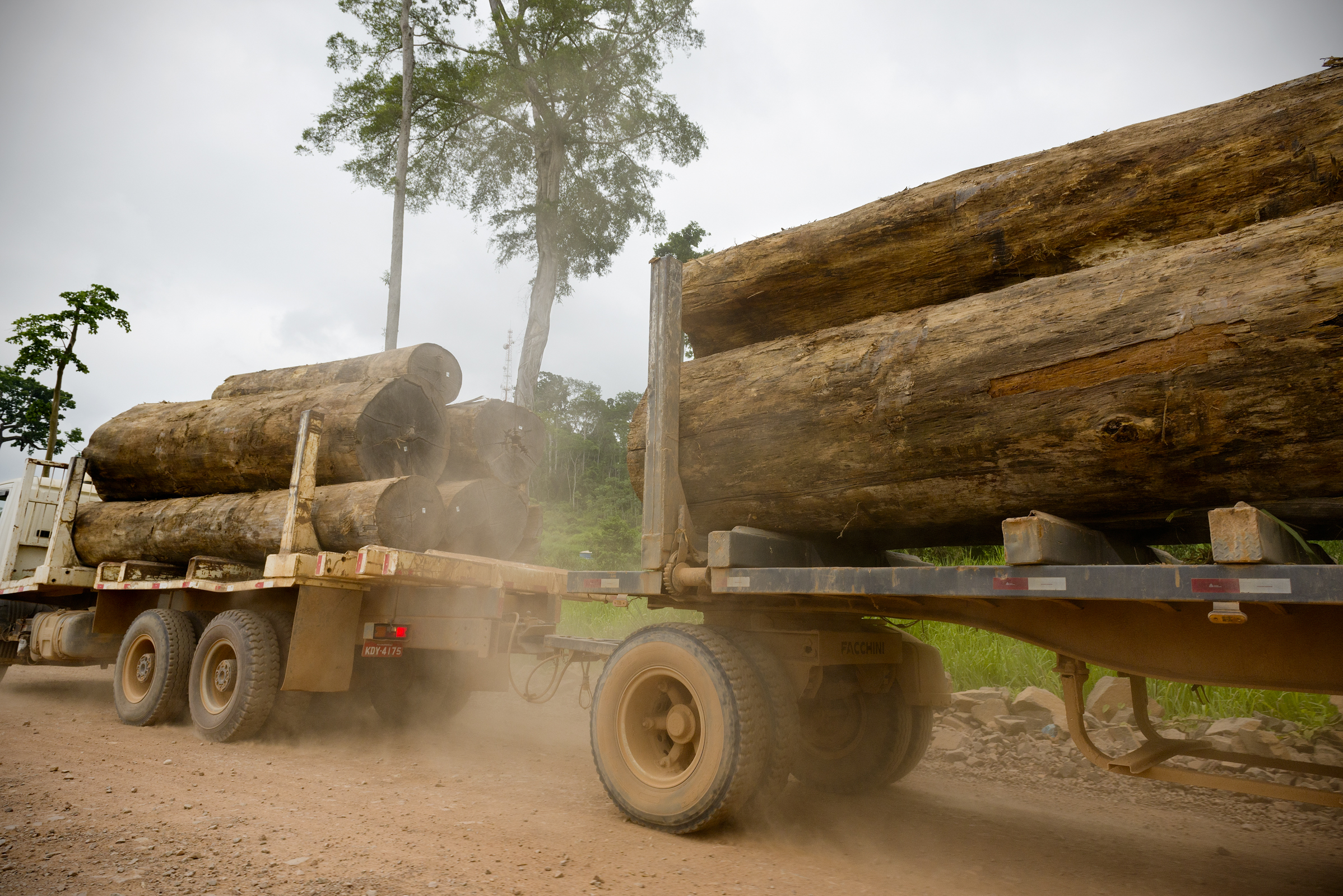
Leia a versão em português do artigo.
Machine men with machine minds and machine hearts! You are not machines! More than machinery we need humanity. More than cleverness we need kindness and gentleness. Without these qualities, life will be violent, and all will be lost”
— The Final Speech, Charlie Chaplin, 1940
An increasingly perplexed world has watched the inertia of the Brazilian government and economic actors in face of the destruction of its unique, and biodiverse ecosystems (Figure 1). Brazilian research Institutes have continuously mapped the alarming increase in deforestation and wildfires mostly encouraged by irresponsible agribusiness, land grabbing and illegal logging and mining (de Bolle 2019, Calvis 2020, Casado & Lodoño 2019, Wenzel 2020, Human Rights Watch 2019, Rajão et al. 2020, Regan 2020). However, these actors in agribusiness, logging and mining have the support of misleading environmental policies that discredit and intimidate scientists and environmental institutes (Escobar 2019, Thomas 2020), weaken the protective laws (ASCEMA Nacional 2018/2021, Amaral 2020, Sampaio 2020, Canineu & Carvalho 2020, Gonzales 2020, Nugent 2020), reduce the number of environmental inspectors and funds to prevent illegal deforestation and fire (Abdalla 2021, Lo 2021, Mega 2020).
Figure 1. Local timber being transported. Vitória do Xingu, Pará, Brazil, 2016. © Marilene Ribeiro.The massive extent of felling of trees in Brazilian Amazon Forest, which recently reached the striking number of nearly 2,000 soccer fields per day, is expected to be followed by major human-caused forest fires (Phillips 2019). Around the world, diverse forest types, from different climatic zones, are facing gradual dieback due to the increased duration of drought seasons, along with high temperatures (Allen 2009). Under these conditions, fire has become one of the most extreme destructive factors causing oncoming loss of vast forest areas, and mainly those in more wet climates. Fire is not an evolutionary driver of wet forest species’ traits (Hoffmann et al. 2009) and this is the reason why the long-lived Amazonian, Atlantic Forest, and other tropical forest-trees are highly vulnerable to fire (DW Brasil 2021).
When forest trees fall or burn, a huge biodiversity disappears and a vast array of trophic and other ecological interactions, from the forest-floor to tree canopies tens of meters above, disappear or are broken, as well as other vital processes, such as hydrological flows of water through ground and surface water. Compounding factors from this trail of destruction is an increased trade in wild animals, targeted by the increased traffic into newly opened areas of forest, which also create conditions for a myriad of forest pathogens to spread to people, with potential unforeseen catastrophes (Cowe 2020, Ellwanger et al. 2020, Guégan et al. 2020). For instance, the Brazilian Fundação Oswaldo Cruz has described in the Amazon more than 2000 strains of arbovirus of potential risk for human health. In addition, loggers and prospectors invade traditional and indigenous peoples’ lands (Human Rights Watch 2019), taking land and affecting community social structures, as well as bringing new diseases, such as happened with the new Coronavirus (SARS-CoV-2), to relatively isolated and unprotected indigenous communities (Branford & Borges 2021, Comissão Arns 2021, EcoDebate 2021, Ferrante & Fearnside 2020, Jornalistas Livres 2020, Supremo Tribunal Federal 2020, Salgado 2020).
The years of 2019 and 2020 were marked by a disturbing rise in deforestation rates and fires in the Amazon Forest. The Brazilian National Space Research Institute (INPE) estimated a total of 11,088 km² of deforestation in 2020 (a value 70% higher than that of the preceding decade!) and 103,161 fires, most of them associated with deforestation and grabbing in public lands in 2019-2020. Dense clouds of smoke reached Amazonian urban centers causing respiratory problems and requiring thousands of people to attend hospitals and health care units. Besides, without consistent science-based health politics by the Brazilian government, the new Coronavirus pandemics escaped out of control, and the overall pressure on the already collapsed Brazilian health system is expected to be stronger in the forthcoming fire season (IPAM Amazônia 2020). Unfortunately, from a global leader in conservation, Brazil became a global threat to it (Open Democracy 2021).
Scientists from numerous countries have warned repeatedly that the tipping point of the Amazon Forest towards environmental collapse is approaching (Nepstad et al. 2008, Lovejoy & Nobre 2019). A single tree in the Amazon Forest can pump from the soil and transpire over a thousand liters of water per day into the atmosphere. By multiplying that by billions of trees, still hidden from fire and chainsaws, one can understand the vital and irreplaceable nature of this functional ecosystem service provided by the forest to the planet. The volume of water added is so large that “aerial rivers” are formed because of this phenomenon. Altogether, the trees of the Amazon Forest move up to the atmosphere around 20 billion tons of water per day, rivaling the amount of water the Amazon River itself pours into the Atlantic Ocean daily (Nobre 2014).
The aerial rivers that are formed above the forest are driven by air currents and by the Andean topography towards the southeast (Fearnside 2015) and south of Brazil, reaching Uruguay, Paraguay and northern Argentina. This phenomenon produces a considerable part of the rains that sustain millions of human lives and, ironically, supports the major driver of the Amazon destruction, agribusiness. Indeed, this complex rain system is preventing Brazil and its surrounding countries from becoming part of the global desert belt (Jones 2018) (Figure 2).
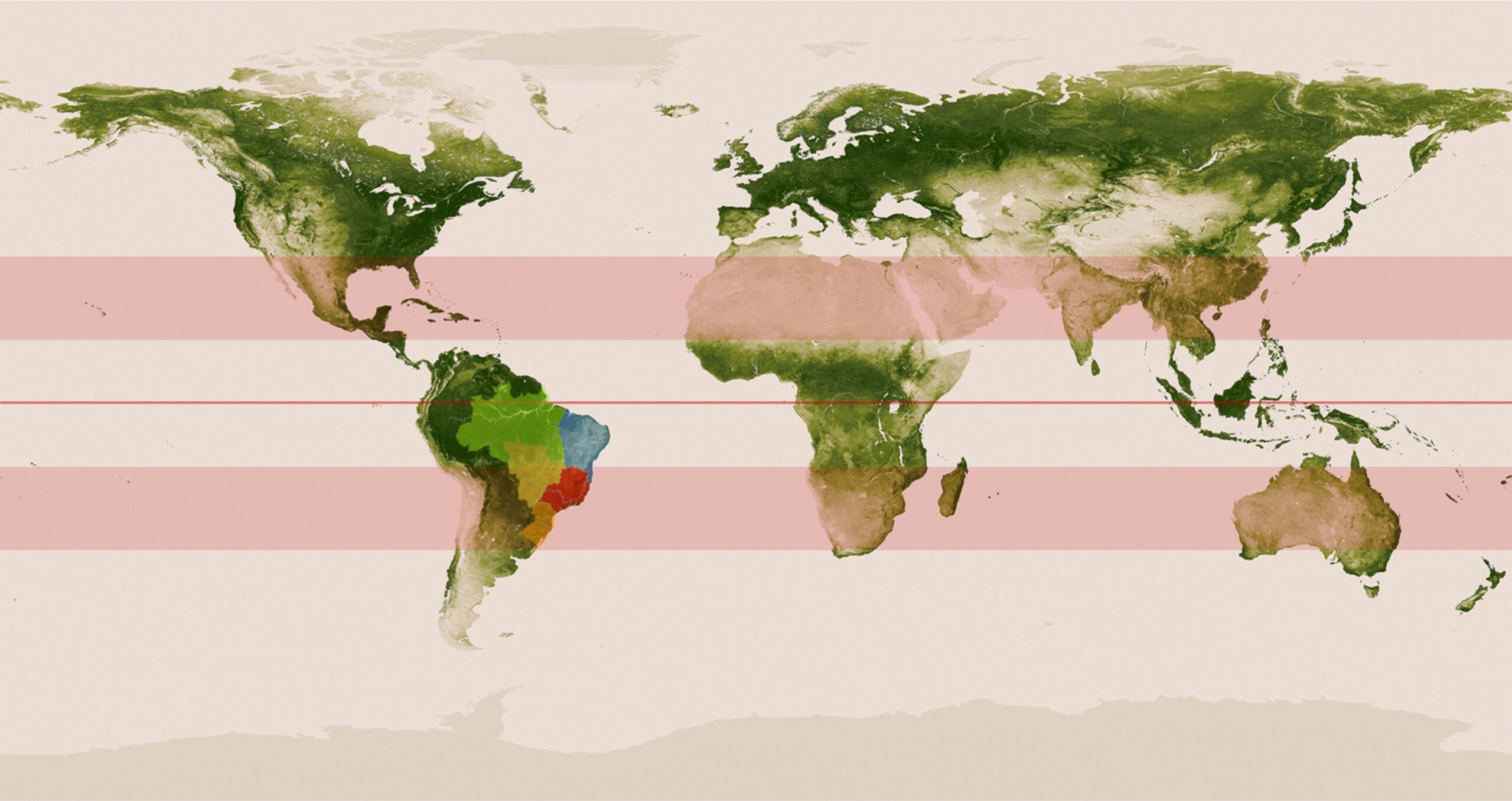
Figure 2. The disturbing location of several Brazilian regions with high population densities and that depend heavily on agribusiness within the South desert belt (Latitude between 15o and 35o). The different colors in the Brazilian map indicate the regions North (green), Northeast (blue), Center-West (orange), Southeast (red), and South (brown). The green regions in the World map are associated with the forests, while the pale areas are associated with savannas and grasslands and, within the two latitude belts, deserts. Modified from www.inhabitat.com
Another recent, terrifying, disaster shocked Brazilians and many other countries abroad. The Pantanal, which is the largest tropical wetland on the Planet, burned without control for several months. The Pantanal is an immense flood plain, supplied by the periodic floods of the Paraguay River and its several tributaries. During high waters, large extensions of the Pantanal plain are submerged, creating a mosaic of forests, cerrado (Brazilian savanna), and field patches bordered by waters. This is a time when tons of organic matter accumulate with the vigorous growth of aquatic plants, and native and exotic grasses, part of which decay with the advance of the dry season, fertilizing the soils, or accumulate as dead organic matter. These soils do not burn so long as the rainy seasons return regularly and bring sufficient rain. However, they may become a fire risk when years of low rainfall with very hot days succeed, as happened in the last years. But last year, the dry organic soils of the previously flooded landscapes burned without control.
Underground fires added to the surface and canopy fires, creating large amounts of ash that covered the otherwise luxurious vegetation. Uncountable carbonized carcasses of snakes, frogs, caimans, birds, monkeys, cats, fish, tapirs, pigs, etc, as well as hundreds of cattle trapped by flames were found everywhere. Civil and military firefighters fought fearlessly and tirelessly under the desolated and apocalyptic scenery of destruction. In 2020 approximately 30% of the Pantanal biome was burnt (Ionova 2020, Libonati et al. 2020), an unprecedented event in history coincident with a cut in funds for firefighting (Basso 2020).
Using satellites to map fire-scars or hotspots it is easy to associate the burnt areas with cattle herd sizes (Figure 3), as fire is initiated for pasture renewal. These data throw doubt on the suggestion of the Ministry of Agriculture that cattle grazing can reduce the risk of fire by reducing fuel (Shalders 2020), a suggestion which has been used to support the expansion of cattle herds in that fragile region. Although in the Serengeti ecosystem in East Africa the population growth of wildebeests, after the control of rinderpest in the decade of 1950, was followed by a reduction in burnt areas due to a large-scale consumption of grasses (Holdo et al. 2009), in the Brazilian Pantanal, even if large cattle herds reduce grasses avoiding wildfires locally, the landscape is prone to more widespread transmission of fire (percolation) coming from relatively distant sources. These moving fires can easily escape control.
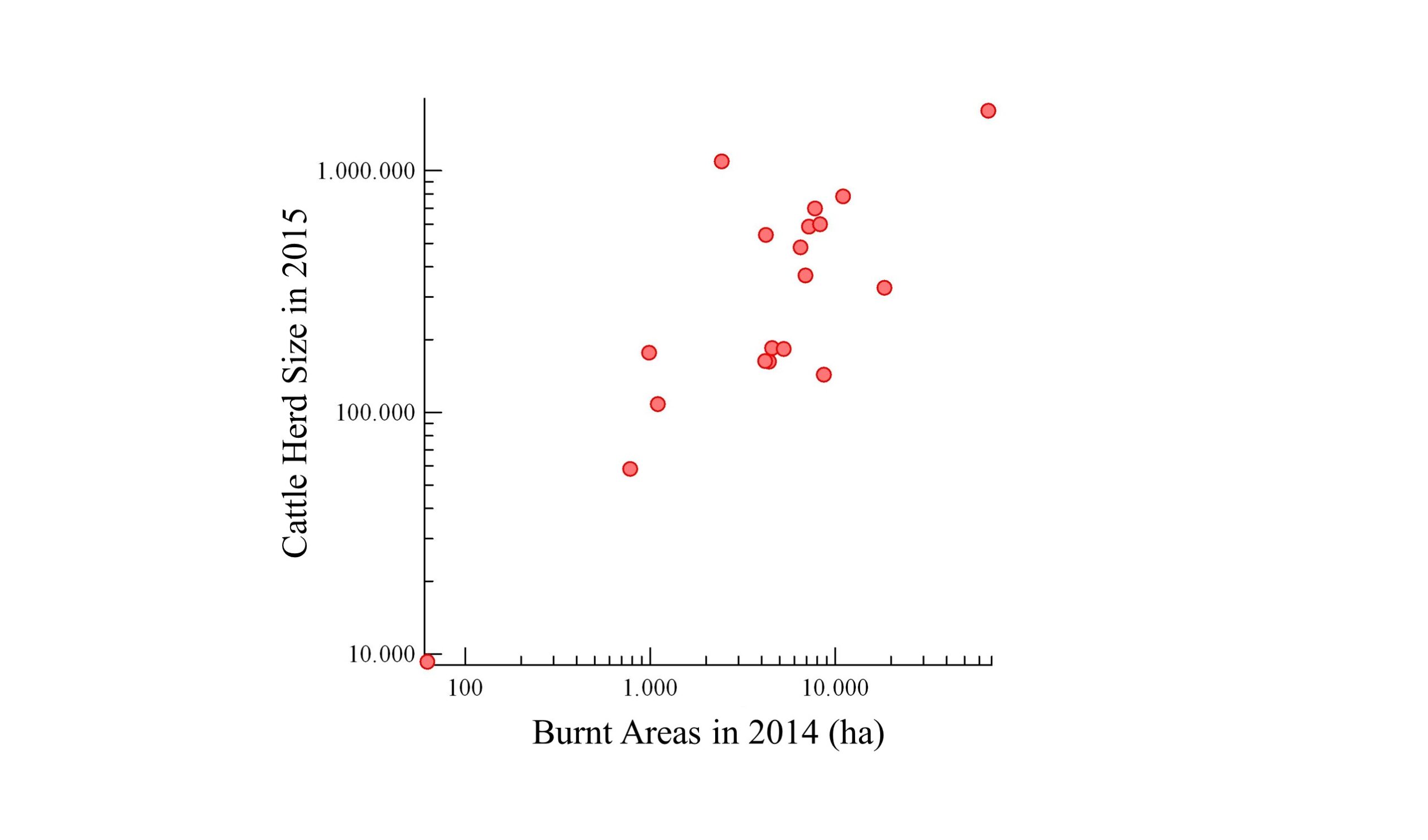
Figure 3. The positive relationship between cattle herd size and burn size in the preceding year, for 19 municipalities of the region encompassing the Brazilian Pantanal, illustrate the systematic use of fire initiated for pasture renewal. Source of data: Mapbiomas.
The Amazon Forest and Pantanal fires in 2019 and 2020 (PhysOrg 2020) add to a disturbing sequence of megafires worldwide in the last decades, and scientists are alert to a new era of megadisasters created by humans, the Pyrocene (Pyne 2019, Vaughan 2019, WWF 2020). The Pyrocene is a consequence of Global Warming, and, in a feedback mechanism, the Pyrocene intensifies global warming.
The destruction of forests and other countrywide ecosystems will soon result in decreasing rain, perhaps to the point where even the Amazon Forest could not sustain itself, with immediate consequences in neighboring countries. The world could soon witness a series of waves of massive mortality of Amazonian trees, so that the immense and magnificent forest will dry up along with a considerable fraction of all the life it supports, which will also mean the end for the aerial rivers. Uncontrolled fires would take over (Zuker 2020); with the destruction of the forest, trillions of tons of carbon stored in the wood of the trees and in the litter that covers the forest floor would be released into the atmosphere as carbon dioxide, escalating the extreme conditions that have already been triggered by global warming. Furthermore, it is worth to warn that human conflicts are associated with, and escalate with, climate crises worldwide (Hsiang et al. 2013, Adger et al. 2014).
Forest lives matter! Although the regrowth of secondary forests has the potential to offset some of the losses of the carbon to the atmosphere, carbon uptake rates are only around twice the rate of primary forests and influenced negatively by dry-season lengths which are expected to increase due to global warming (Elias et al. 2020). Besides, in the absence of disturbances like fire, several decades to centuries would be necessary for tropical trees to reach their full size and accumulate their massive weight in carbon (Figure 4) (Vieira et al. 2005). The region would have entered a self-sustained route to collapse, into a vortex from which it could not return. At that point we may reach the undesired tipping point for the region, and perhaps jeopardize the planet’s efforts to fight climate change.
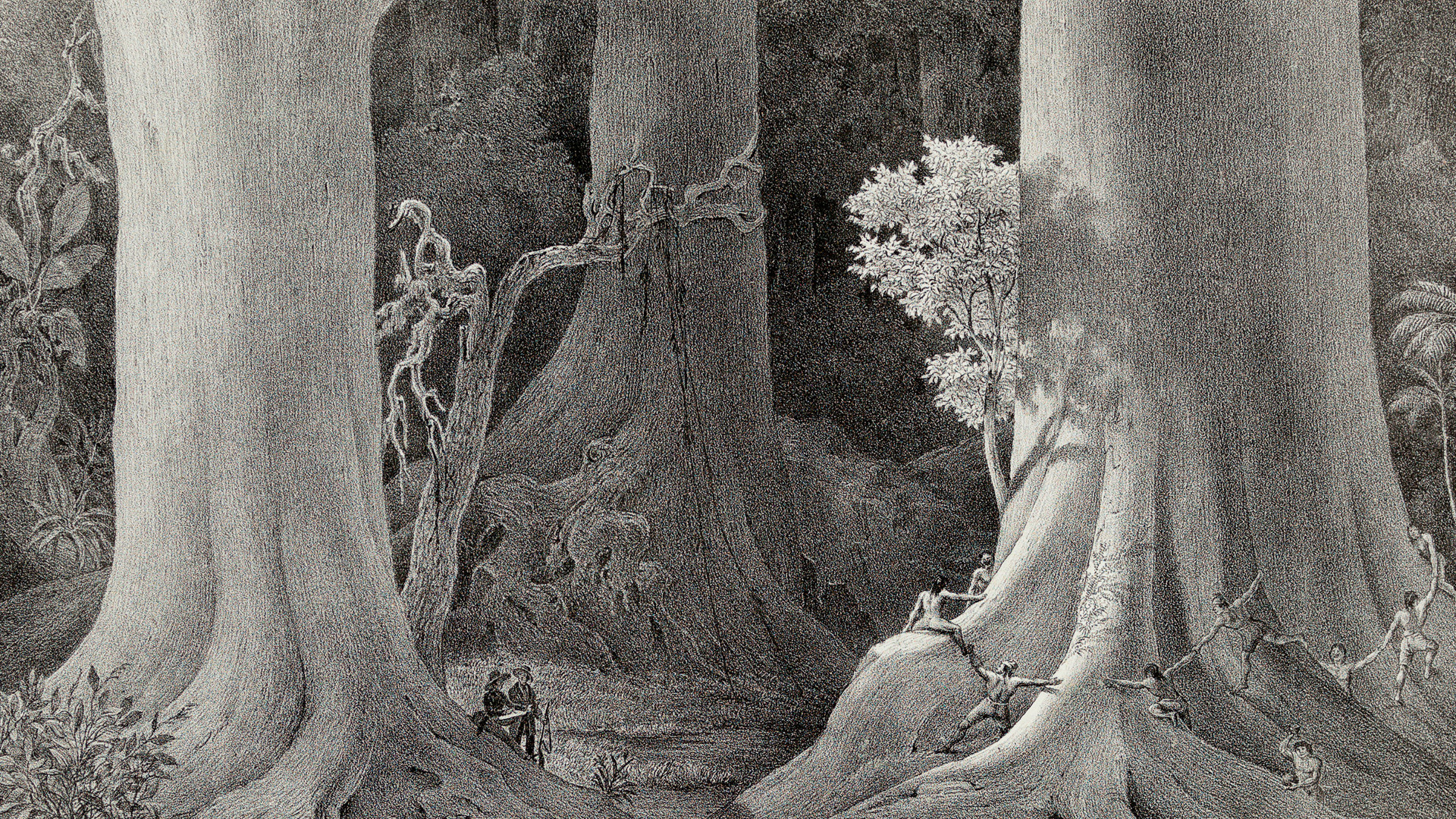
Figure 4. “Arbores Ante Christum Natum Enatae in Silva Juxta Fluvium Amazonum” – Trees that were born before Christ, along the margins of the Amazon River. Lithography of the book Flora Brasiliensis by Carl Friedrich Philipp von Martius (1840-1873). When Martius saw these impressive giants, they already had sequestered thousands of tons of carbon dioxide; sustained humans and many other species, from bacteria to the magnificent Harpy eagles, with wood, water, fruits and seeds; provided shelter for an uncountable number of generations of a rich variety of animal species, living from the forest floor to the canopy; enriched the soil with a wealth of nutrients derived from massive trunks and millions of decaying roots, leaves, fruits, seeds and twigs. They had been a part of Amazon’s massive living factory of rainfall and climate regulation for hundreds of years, and survived droughts and severe thunderstorms. Image available for download in: http://bdlb.bn.gov.br/acervo/handle/20.500.12156.3/39634, access on February 2021
If not quickly prevented, the current Brazilian environmental necropolitical portfolio (Pontes 2020), also blithely followed by other country state governments, will lead to an environmental, social, and economic apocalypse well beyond Brazil’s political borders. This agenda encourages deforestation, fire and human conflicts. In so doing, it is moving away from modern, emerging globalized markets that embrace the need for sustainable interaction with nature and, hence, safeguard its ecosystem services and goods, but that also condemn unacceptable practices that threaten the fragile communities that depend on nature and its benefits to survive (Kuramochi et al. 2019, Wenzel 2020a, Phillips 2020). Hope comes with the election of the new North American President, Joe Biden, more committed to a sustainable global environmental subject-matter (Carey-Webb 2020b, New York Times 2021), almost immediately followed by the adhesion of 24 out of 27 Brazilian governors (Barcelos 2021).
Brazilian ecosystems experienced five centuries of destruction since the arrival of the first colonists, but this is still less than half the duration of destruction experienced by European countries (Kaplan et al. 2009). This explains why we still have extraordinarily rich biodiversity and breathtaking landscapes (Figure 5). However, we must work to preserve what remains, and our governments should pay close attention and learn from the advice of science, warns from historical disasters, and people who saw or see nature with respect and wisdom. The indigenous leader, writer and environmental journalist, Ailton Krenak, wrote:
“Since we were young, we learned that there are lists of endangered species. As these lists grow, humans proliferate, destroying forests, rivers and animals. We’re worse than Covid-19. This package called humanity is moving away from this organism that is the Earth, living in a civilizing abstraction that suppresses diversity, denies the plurality of life forms, existence and habits” (Krenak 2019), while in 1847, Saint Hilaire, a French botanist in Brazil wrote: “We can blame (people who burn forests) from depriving without necessity future generations from the resources supplied by forests; by stripping the fertile soils of the mountains, depleting their watercourses, ultimately (they) delay the progress of civilization, spreading deserts in search for new forests to burn.”
These trends have continued and led us into the environmental planetary problems we live today.
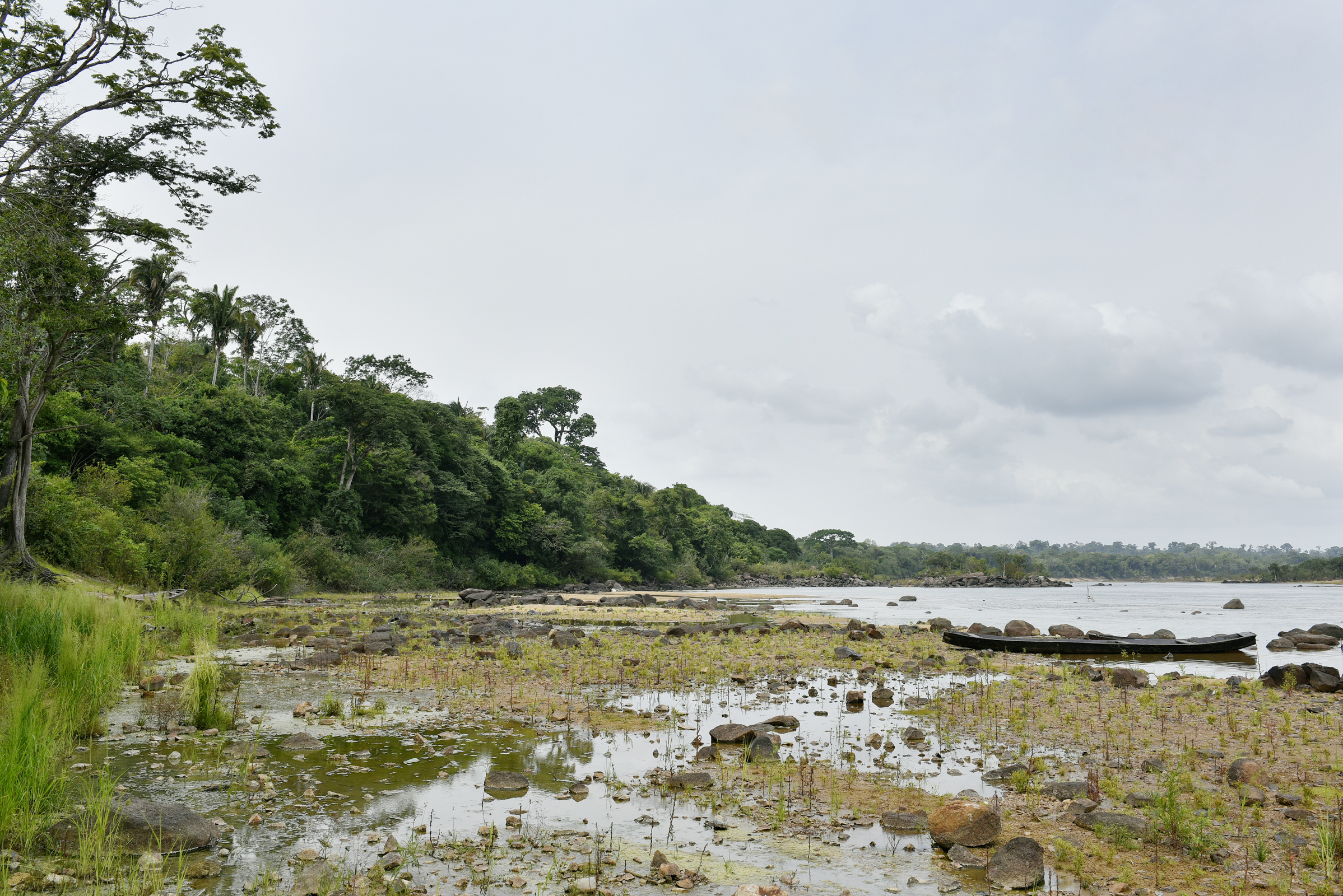
FIGURE 5. The astonishing riverbank of the Xingu River, Paquiçamba Indigenous Reserve, Pará, Brazil, 2016. © Marilene Ribeiro.
To stand up and rescue its missed national and international respect, the country must embrace a moral and humanistic environmental portfolio that protects nature, uses its resources in a renewable, unselfish way, also protecting and dignifying human lives (Coalizão Ciência & Sociedade 2020). There is a myriad of long-lasting sustainable opportunities for Brazil, but intelligent planning and international cooperation are required (de Bolle 2019). Solid conservation planning, ecological economy, agroecology, agroforestry, sustainable forestry for timber, eco, cultural and scientific tourism, high productivity cattle ranching, sustainable fishing, clean energy, urbanism integrated with nature and traditional knowledge are among the vast array of intelligent options of resource use (EMBRAPA 2018, Fernandes et al. 2016, Garí 2001, Leal et al. 2020, Muradian & Pascual 2020, Nobre & Nobre 2019, Splash 2019, Vilela et al. 2019) that can support a promising, brighter future for our vast, diverse and rich country. We ought to stop, breathe deeply and bring the Earth into a new prosperity zone, and Brazil still can be the leading actor.
Acknowledgments
We thank Ian Harrison (Freshwater Specialist at Conservation International and IUCN Freshwater Fish Specialist Group, USA) Paulo Cesar Horta Rodrigues (Centro de Desenvolvimento da Tecnologia Nuclear / MCTIC, Brazil), Sérvio P Ribeiro (Universidade Federal de Ouro Preto, Brazil) and Carlos Abraham de Knegt Miranda for useful comments on the manuscript and for checking the English.
Leia a versão em português do artigo.
José Eugênio Côrtes Figueira has a PhD in Ecology at Universidade Estadual de Campinas and is a professor at Universidade Federal de Minas Gerais (UFMG).
Fabrício Rodrigues Santos is a biologistm has a PhD (1995) at UFMG, a post-doctorate (1997) at University of Oxford, and in 2008 at National Geographic Society and University of Pennsylvania, EUA, and is a professor at Universidade Federal de Minas Gerais.
Maria Auxiliadora Drumond has a PhD in Ecology and wildlife conservation and management at UFMG. Teaches at the Department of Genetics, Ecology and Evolution of the Biological Sciences Institute at UFMG.
Rodrigo Lima Massara has a PhD in Ecology at UFMG e post-doctoral resident (PNPD/Capes) at the Ecology and wildlife conservation and management Program at UFMG.
Marilene Cardoso Ribeiro has a master degree in Ecology and wildlife conservation and management at UFMG and a PhD in Fotography at University for the Creative Arts/University of Brighton.
Geraldo Wilson Fernandes has a PhD in Evolutionary Ecology at Northern Arizona University (1992) and a post-doctorate at Stanford University (2015/2016), where he also worked as Tinker professor.

